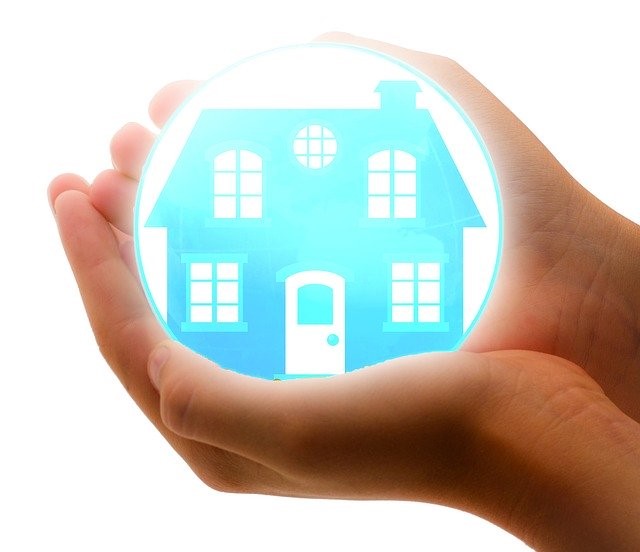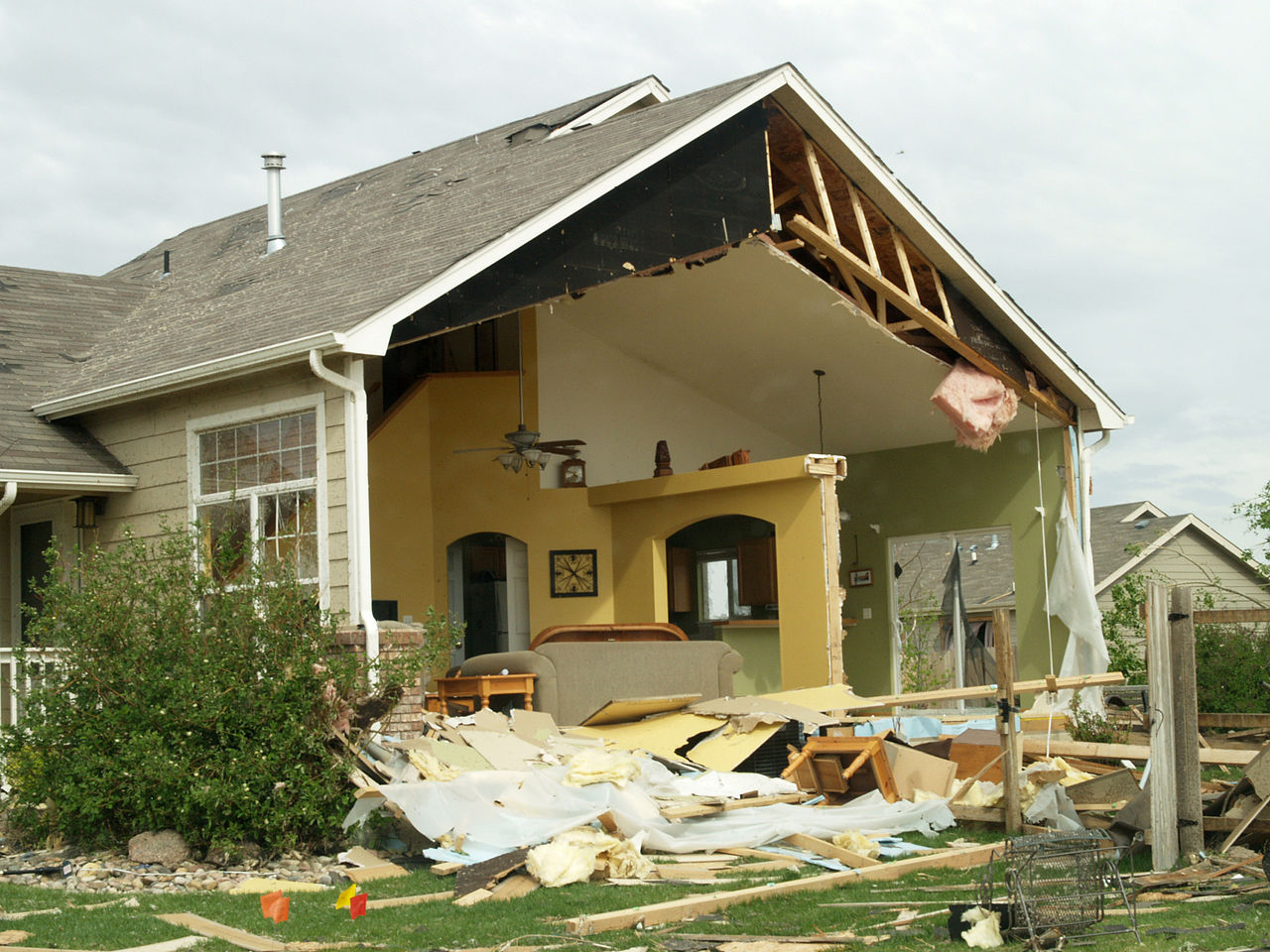One of the worries every homeowner has to deal with is suffering from a natural disaster or home damage. Storms, floods, fires, or other events beyond your control can damage your house, leaving behind extensive and costly repairs. But instead of sitting around worrying and waiting for something that seem inevitable, there are things you can do to set yourself up to be prepared for these scenarios.
Here are five ways to prepare for any type of home damage or disaster.
1 – Get Home Insurance

The purpose of homeowner’s insurance is to safeguard your home from the very disasters that could damage it. Every insurance company covers different items and has varying deductibles, but they should all cover hazards like:
- Fire damage
- Water damage
- Wind damage
- Vandalism
Some places require homeowner’s insurance, but even if they don’t, you can only benefit from having it. It’s an extra annual expense, but it’s worth easing your worries about potential damage.
2 – Have Contact Information for Repair/Restoration Services
Even when you prepare, things can still happen. Your goal should be to minimize the possibility of damage, but if anything occurs, you should know local companies to call.
Some states have more options for specific types of damage restoration than others. For example, fire damage repair Florida companies are less frequent than states like California, where forest fires are more frequent. Meanwhile, states in the Midwest might have more tornado-based repair services.
Do a little research and have some phone numbers, just in case! Read reviews on sites like Google and Yelp, and ask a neighbor if they’ve ever had to call a restoration service.
3 – Take Stock of What You Own
If anything should happen, you will want to know the value of what you own if you decide to file an insurance claim. If you lose items, having a “database” of sorts can help you out immensely and save you a lot of time and money in the future.
Take photographs of rooms and do your best to estimate the value of each item. Keep prized possessions in one safe container, in case you need to save these items from a disaster quickly.
It’s better to prepare for the worst than do nothing at all. Some insurance companies even have online tools to help you do this.
4 – Know Your Area
Every state is more likely to face certain events than others. Florida is hurricane-prone, California sees wildfires often, the Midwest has tornadoes, etc.
If you know what you’re most likely to face, then you will have a better idea of how best to prepare.
Whether that means boarding up your windows, trimming tree branches, or installing dual pane tempered glass, these are ways to better equip your home to handle inclement weather and disasters.
5 – Have Plans in Place
You can do many things to prepare your home for the worst, but you should also prioritize your personal safety. Have non-perishable food stocked up and a bag ready to go in case you need to leave. If you hear a storm is coming your way, consider making snack bags that you can take with you to a shelter if necessary.
Conclusion
Things happen, and your home could suffer hard from damage despite your best efforts. However, it’s always better to set yourself up for success as opposed to doing nothing at all:
- Research your area and find out what storms are most common
- Invest in homeowner’s insurance and, if necessary, pay for extra coverage for earthquakes, wind, flooding, etc.
- Have restoration companies saved in your contacts so you’re ready to call right away
- Take weather warnings seriously and stock up on supplies like snack bags and non-perishable foods
- Make sure you have an exit plan in place and your whole family is aware of what to do in the event of a storm

